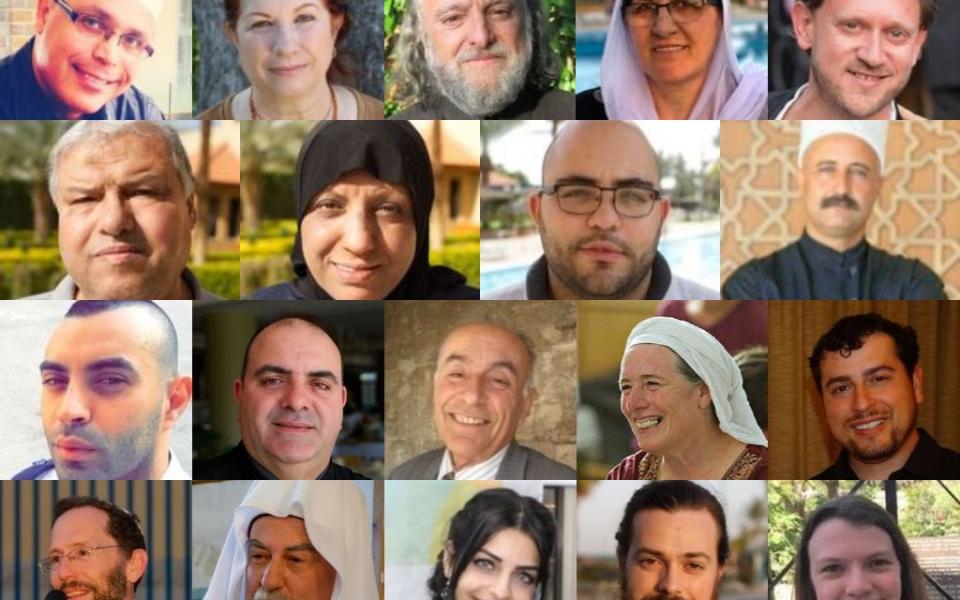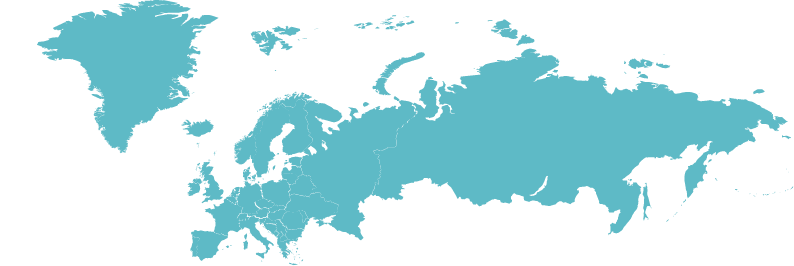
Faces of the Abrahamic Reunion Cooperation Circle
By Rev. Cherag Anna Less, PhD
Co-Founder & Executive Director
Saturday, December 8, 2018
LONDON, U.K.
It is early in the afternoon and Ghassan Manasra, the International Director, and I head out to the home of Kate and David Lightman, members of the New North London Synagogue in the Finchley district of London. They have invited us and Abrahamic Reunion UK Directors Michael and Amanda Kenton along with other members of the AR to be special guests to help them celebrate an interfaith Seudah Shlishit, as well as the sixth night of Hanukkah, with Rabbi Wittenberg at their home.
Seudah Shlishit literally means “third meal” in Hebrew. It is the special third meal eaten on Shabbat. According to the Talmud (Jewish religious commentaries on the law), Jews are required to eat three meals on Shabbat. Some rabbinic scholars conjecture that this three-meal requirement for Shabbat was instituted to lend a special significance to Shabbat, as typically at that time it was normal to eat only two meals a day during the regular work week (one meal during the day and another at night). This third meal also commemorates the double portion of Manna that fell on Shabbat during the Jewish exodus from Egypt.
The Uber ride Ghassan and I have taken goes to the wrong address, and by the time we arrive at Kate and David ‘s home, Rabbi Wittenberg is just concluding the special blessings and teachings associated with Seudah Shlishit. People are beginning to head for the buffet that David and Kate have prepared. Thankfully, Amanda and Michael have been there to represent the Abrahamic Reunion! Although we are late, people warmly welcome us.
The rooms are filled to capacity and several Muslim guests have also come because they have heard that Ghassan will be teaching.
We help ourselves to dried fruit and challah (the braided bread eaten by Jews on special occasions) and sit among the other guests.
Several of the Muslim participants come up to us and tell us what a wonderful event this is, and they explain that this is the first time they have had an opportunity to participate in a Jewish holiday like this. Jewish participants eagerly explain the customs associated with Shabbat and Hanukkah to them, and some of the Arabic speaking Muslims are delighted to point out the Hebrew words they recognize in the Jewish prayers because their languages are so similar.
After we have eaten the Seudah Shlishit, Rabbi Wittenberg begins to introduce the other events that will take place on this special occasion.
First he explains the teachings related to the sixth night of Hanukkah, the Jewish festival of lights:
“We normally think there are four seasons, but the Creator identifies six. He makes a covenant with Noah and all of creation, saying: "As long as the days of the earth endure - seedtime and harvest, cold and heat, summer and winter, and day and night, shall not cease." We also see the number six in the six directions in nature (north, south, east, west, up, down), and in the six visible colors in the rainbow and in the six-pointed star associated with Judaism.”
After explaining all of this, Rabbi Wittenberg invites Ghassan to offer teachings about light from the Muslim tradition.
Ghassan begins by reading from the Hadith, which is a collection of traditions containing sayings of the prophet Muhammad. Along with the Quran, the Hadith is the major source of guidance for Muslims. This is the teaching he gives:
"What is the first thing that Allah created? The Holy Prophet replied, 'The first thing that Allah created was the Light of Your Prophet, Oh Jabir'. Then the Holy Prophet continued, 'Then He created within that light all goodness, and after that, He created everything else. When He created that Luminous Light, He stood it before Him in the Station of Nearness (Maqam al Qurb) for 12,000 years….
"After 12,000 years, Allah turned His glance upon this light. This look caused luminous beads of perspiration to appear upon it. From each of these 124,000 drops of light, Allah created the Spirit of a Prophet or Messenger.
"Then the Spirits of the Prophets exhaled. From this exhalation, Allah created all the Saints and the people who will be in perpetual happiness, the martyrs and those who are obedient from among the believers until the Day of Judgment. (The Prophet continued and said)
'"So the Throne and the Pedestal are from my light. Paradise and every enjoyment and perpetual bliss is from my light. The Angels of the Seven Heavens are from my light. The selected angelic beings are from my light. The Sun and the Moon, and all the celestial bodies from my light. Knowledge, Gentleness and Success, from my light. The spirits of the Messengers and the Prophets, from my light. The martyrs and the conscious people from the result of my light…..
"After worshipping Allah in every veil for a period of 1,000 years, Allah caused the light to emerge and He placed it upon the Earth. That light illuminates what is between the Easts and the Wests like a lantern in the darkness of the night. Then Allah created Adam from the Earth took from that light and placed it within his forehead. This light was transmitted to Seth and from him it passed from one pure soul to another - from goodness to goodness until Allah transferred it to the loins of Abdullah bin Abd al-Muttalib. From him, it passed into the womb of my mother, Aminah. Then He brought me forth into this world. He made me the Master of the Messengers (Sayyid al Mursalin), Seal of the Prophets (Khatm an Nabiyyin) and a mercy for all creations. That is how the creation of your Prophet was accomplished, Oh Jabir. Thus said the Holy Prophet Muhamad.” (Mamar from Ibn al Munkadir from Jabir)
As Ghassan reads the passage, both the Jewish and Muslim participants absorb the teaching. For the Muslims, the passage is familiar and comforting, and one senses for the Jewish participants it is powerful. To help them absorb its content, Rabbi Wittenberg reminds people that this type of teaching, which exists in all faith traditions, has its origins in a different type of consciousness that is best experienced by looking inward.
It is clear that both Ghassan and Rabbi Wittenberg, two scholars from different faith traditions, are able to look deeply into these teachings, and experience the Oneness transpiring through both.
After the songs are sung for the end of Shabbat, Hanukkah candles are lit, the prayers are said, and we mingle with the other guests. I sit with my friend Judith, an elderly Jewish woman who grew up in Jerusalem speaking Arabic almost 20 years before Israel became a state.
She says a few words in Arabic to one of the young Muslim participants nearby and they light up and say back to her, “It is so amazing hearing these songs and prayers in Hebrew. I have never really heard them before and there is just something really deep in me that is so moved when I hear it.”
These simple stories demonstrate the depth and power of this work we do.
